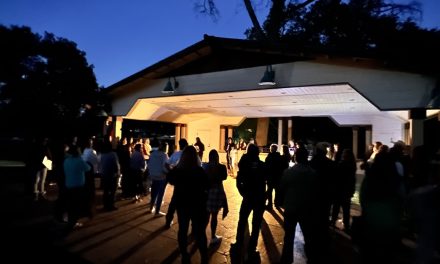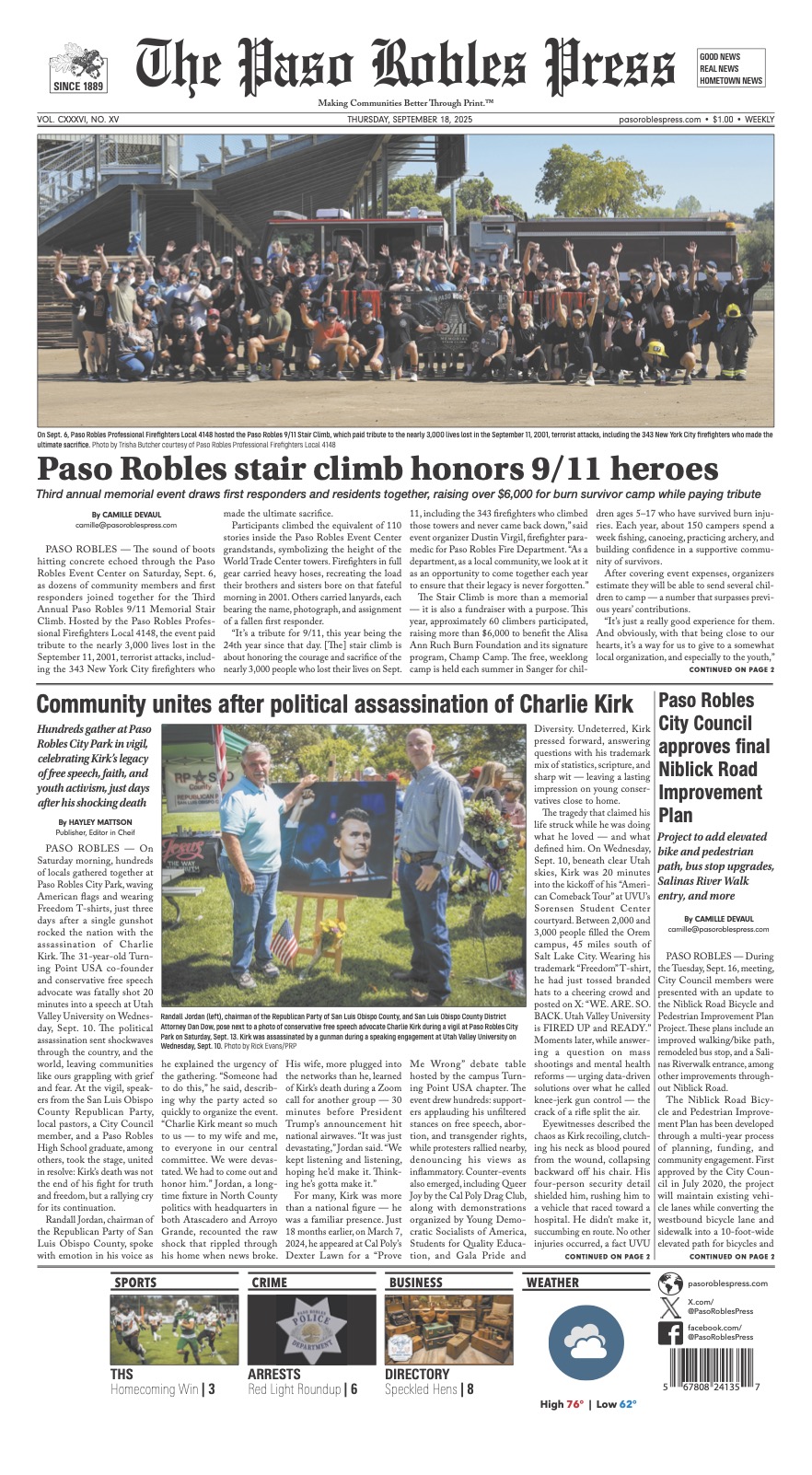Chief Academic Officer explains District’s philosophy
PASO ROBLES — After some recent questions on the topic, Carol Kenyon, Paso Robles Joint Unified School District Chief Academic Officer, explained the fundamentals of the PRJUSD homework policy to the School Board at its last meeting.
“We actually do give homework at Paso Robles Joint Unified,” Kenyon said to the Board. “But it is important that we all have an understanding of what that looks like across the district.”
She said that teachers in the PRJUSD have always assigned homework.
The amount of time a student is expected to spend after school increases with age. Kenyon told the Board that kindergartners and first-graders should spend approximately 15 minutes per day reading and performing “appropriate math facts practice,” Monday through Thursday. Second and third-graders are required to spend 35 minutes per day, with the majority spent on reading and then math skills.
Once a student reaches the fourth grade, the times increase to one hour per day, Monday through Thursday and middle schoolers should not exceed 90 minutes of homework per day, which equates to six hours per week on top of the more than 30 hours spent at school per regular school week.
The party is over once minors make it to high school where their homework time is limited to five hours per day per course. In an extreme scenario (or a perfect storm from the student’s perspective), they could spend well over 80 hours doing school work in one week. The times stated are for standard students. According to the PRJUSD policy, “students enrolled in Advanced Placement and Honors courses may have additional assignments outside of the stated guidelines.”
Kenyon stated that the homework curriculum is based on the findings of author John Hattie, detailed in his book “Visible Learning.” Hattie pulled information provided from multiple studies to compile metadata statistics in his research. He then determined which teaching practices produced the best results to achieve one year’s growth in one year. According to Hattie’s findings, “effect sizes” range from unhelpful at -0.2 percent to extremely productive at 1.2 percent. The average — what he refers to as a hinge point — is 0.4 percent effectiveness.
“He is kind of a god in the education world,” Kenyon said, adding that Hattie has been able to determine the most effective teaching strategies based on his research.
Hattie’s research shows that the “effect size” of homework falls below the desired .04 measurement for elementary and middle school students. However, according to Hattie, high school homework demonstrates strong positive outcomes with a 0.65 effect size. Overall, homework produces a 0.29 percent effect rate.
“0.30 is not that great of an effect rate and 0.15 is really not that great of an effect rate,” Kenyon said, referring to the elementary and middle school stats. “But that does not mean that homework has no value.”
The Governing Board recognizes that homework contributes toward building responsibility, self-discipline and life-long learning habits, and that time spent on homework directly influences students’ ability to meet the district’s academic standards. The Board expects students, parents/guardians and staff to regard homework as a routine and important part of students’ daily lives.
It is worth noting that not all subscribe to the “Visible Learning” research. In the McGill Journal of Education, Pierre-Jérôme Bergeron gives a scathing review of Hattie’s research in his article “How to engage in Pseudoscience with Real Data.” Bergeron lists what he considers flaws in Hattie’s methodology. He writes that Hattie makes miscalculations in meta-analyses and inappropriate baseline comparisons. Essentially, Bergeron states that not all data collected is equal, and though there may be a lot of statistics supporting Hattie’s results, there is still much room left for interpretation.













